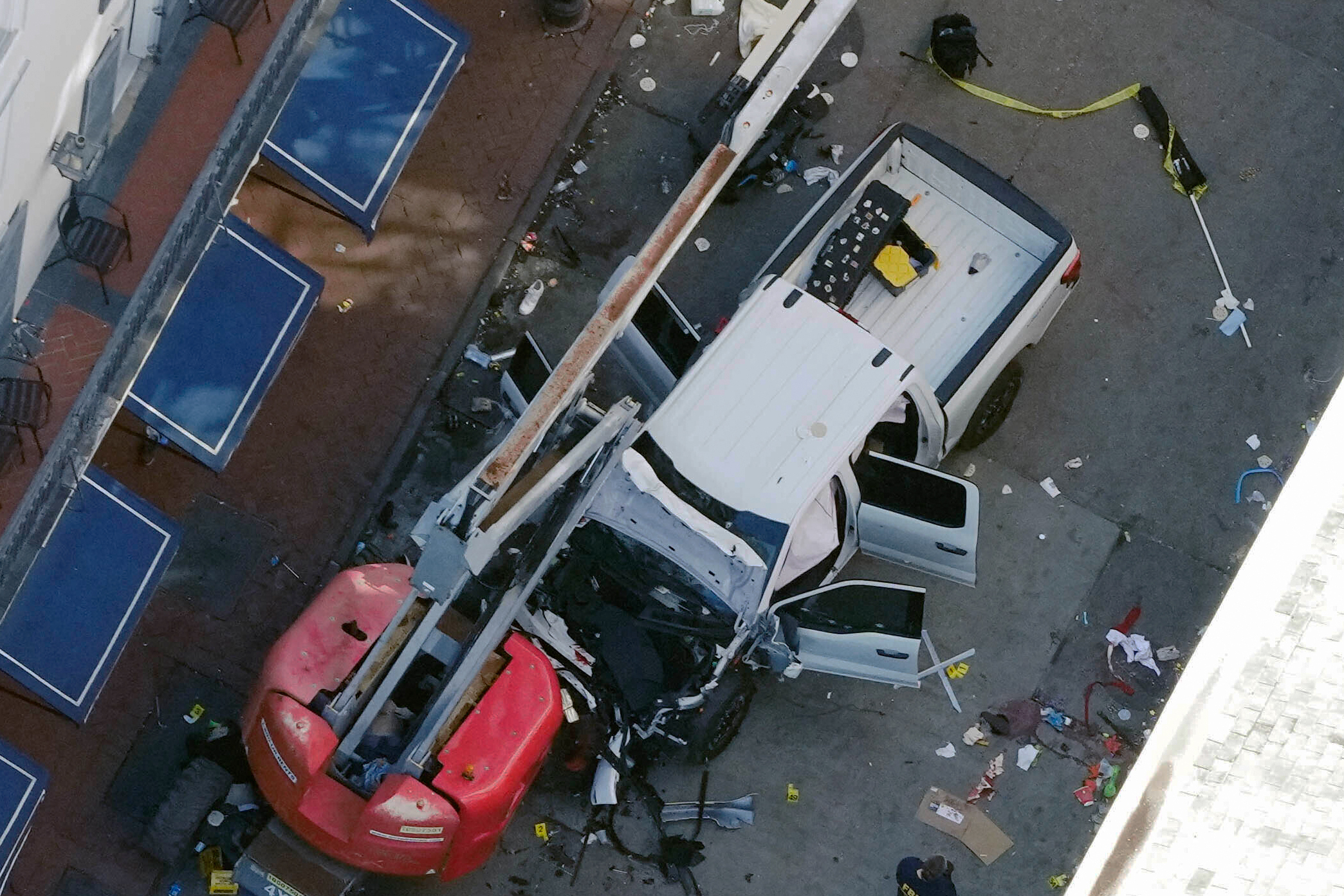While Los Angeles-based seismologists warned of the potential for catastrophic damage if a powerful quake strikes along the fault at the center of Friday’s La Habra temblor, one San Diego expert said he believes the next big quake will likely be on the southern end of the San Andreas fault.
San Diegans reported feeling the effects of the 5.1 magnitude earthquake along the Puente Hills thrust fault.
Two days later, seismologists with the U.S. Geological Survey warned that a magnitude-7.5 earthquake along that same fault could kill 3,000 to 18,000 people and cause up to $250 billion in damage. In contrast, a larger magnitude 8 quake along the San Andreas would cause an estimated 1,800 deaths.
The Puente Hills thrust fault stretches from northern Orange County under downtown Los Angeles into Hollywood -- a heavily populated swath of the Los Angeles area.
The shaking from a 7.5 quake in the center of urban Los Angeles could be so intense it would lift heavy objects in the air, like the 1989 Loma Prieta Earthquake in Northern California, where the shaking was so bad "we found an upside-down grand piano," USGS seismologist Lucy Jones told the Los Angeles Times.
San Diegans should be no more worried today than we would’ve been a month before Friday’s quake according to Pat Abbott, Professor Emeritus of Geology San Diego State University.
Local
“We’re definitely due for The Big One,” he said. “But overdue on geological time might mean it’s another 100 years in terms of human time.”
Abbott explained that it takes approximately 72 hours after a quake to determine if an earthquake was the largest event in a series of quakes or if it was simply a foreshock.
“You never have just one earthquake,” he explained. “It’s a series of movements that take place over weeks, months or even years.”
As of Monday afternoon, it appeared the Friday temblor was the main event of this particular incident.
As for the suggestion that a large quake along Puente Hills could be next, Abbott said he believes we’ll see a large event along the San Andreas fault.
“When we do a statistical analysis for the state of California, the next really big earthquake with the highest probability is the San Andreas fault nearest us from the Salton Sea running up through Palm Springs running up through the San Bernardino limits,” Abbott said.
“That’s just statistics,” he adds. “Mother Nature will move where she feels like it.”
An event along the Puente Hills fault could cause so much potential damage because the fault runs near so many vulnerable older buildings, many made of concrete, in downtown Los Angeles and Hollywood, according to seismologists. And because the fault is horizontal, heavy reverberations are likely to be felt over a wide area.



